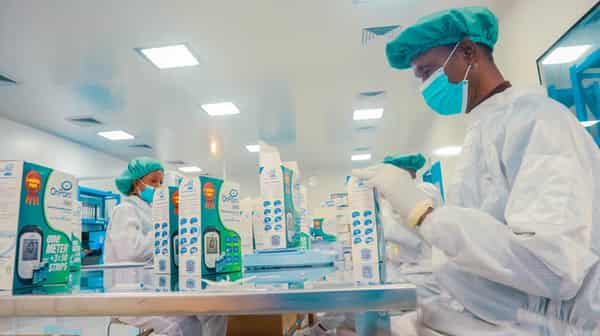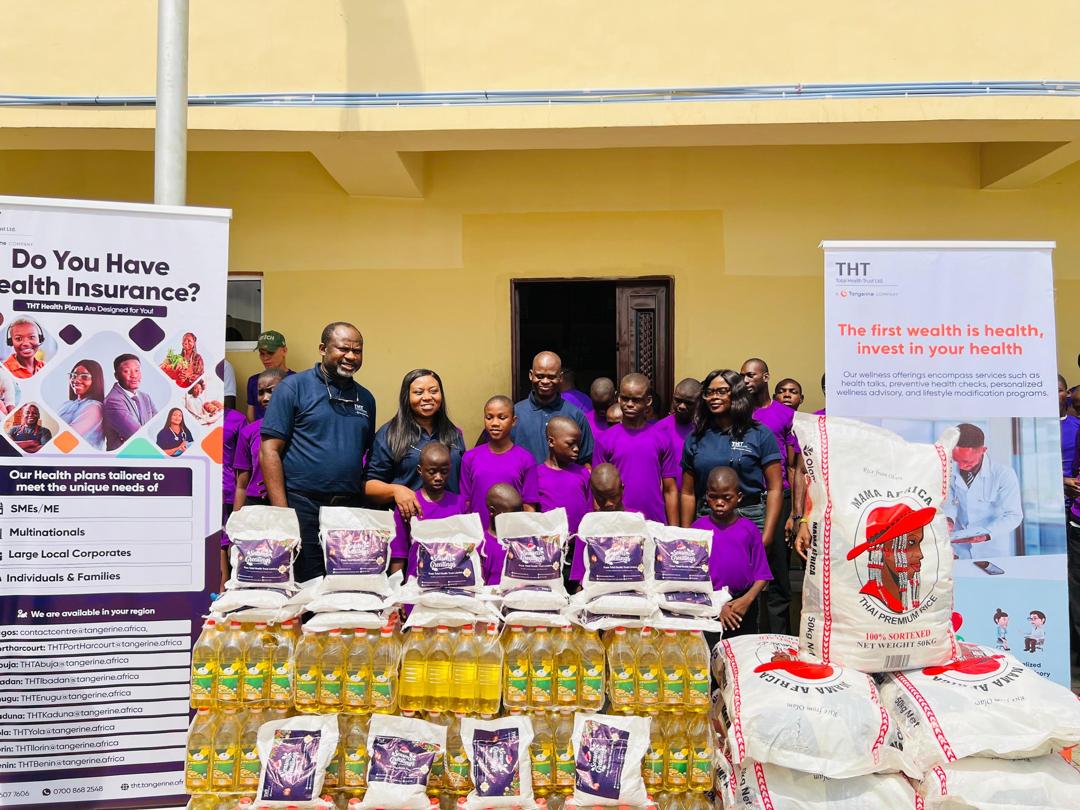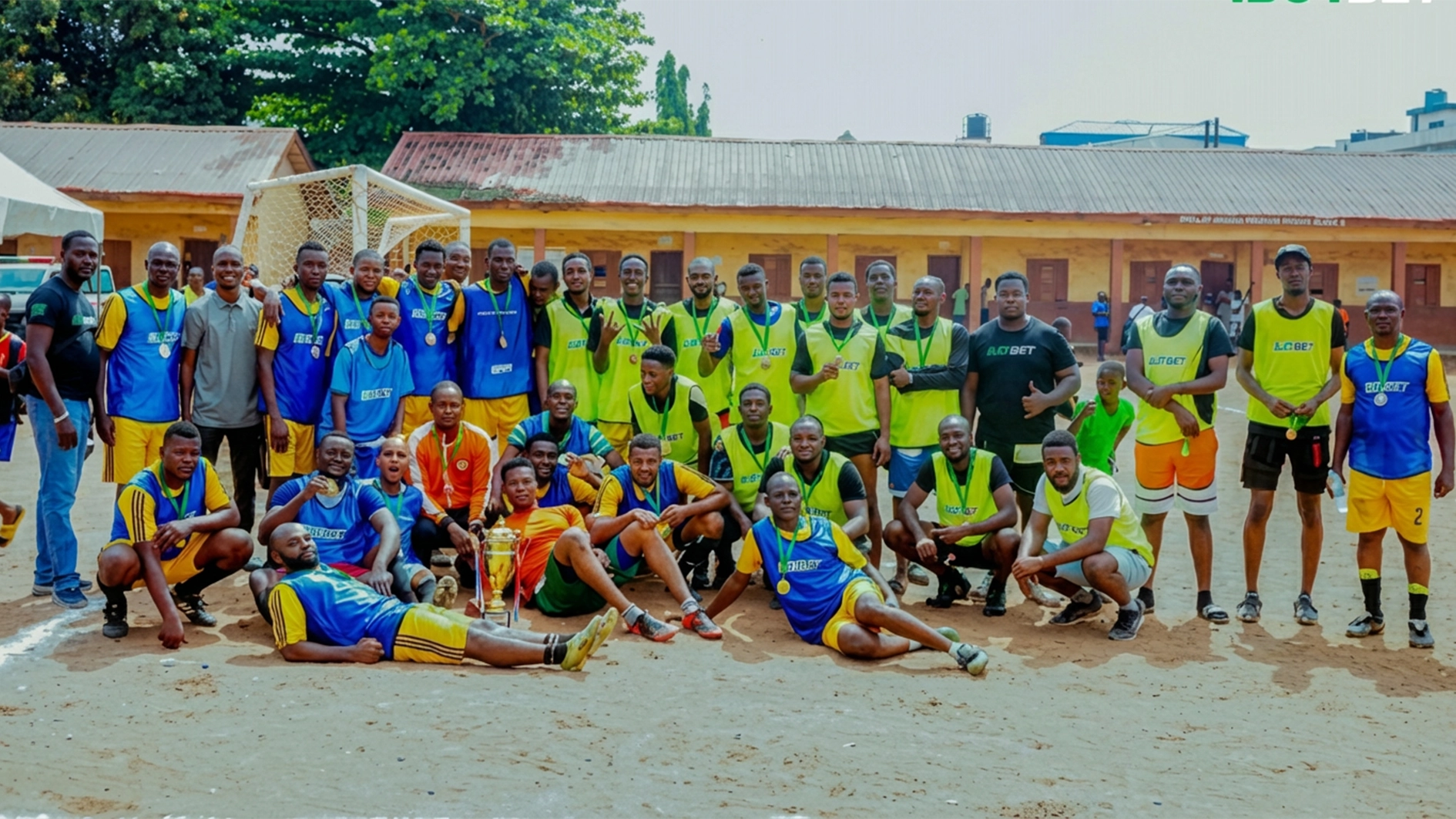Every November, the global health community unites to mark World Diabetes Day, a moment to raise awareness about one of the fastest-growing health challenges of our time. The theme for this year, “Diabetes and well-being,” carries particular significance for Nigeria, where millions live with diabetes, but few have access to consistent care, diagnostic tools, or treatment.
When Mrs. Epemolu, a 58-year-old trader, attended a free community health screening, she expected a routine check-up. Instead, she received a diagnosis that changed her life — she was living with diabetes and had been unaware of her condition for years. Like many Nigerians, Mrs. Epemolu could not afford regular medical check-ups or the cost of home monitoring devices. Today, she struggles to manage her health with limited access to medication and testing supplies.
Her story is not unique. Across Nigeria, thousands share similar experiences — people living with diabetes, either undiagnosed, underdiagnosed, or unable to manage their condition effectively. Diabetes, often referred to as a silent killer, continues to claim lives not because it is untreatable, but because it often goes undetected until complications arise.
According to the International Diabetes Federation, Nigeria has one of the highest burdens of diabetes in Africa, with millions living undiagnosed. For many, the lack of awareness is compounded by the high cost of diagnostic tools and the distance to healthcare facilities.
Take the case of Mr. Sikiru, a 67-year-old retiree who discovered his condition in an unusual way — he noticed ants gathering around his urine. At a free screening event, his glucose level was found to be over 600mg/dl, and his HbA1c exceeded 14%, far above normal. Yet, despite the seriousness, he brushed off medical advice, saying he had “more important things” to worry about. His experience reflects a harsh reality: while awareness is growing, health-seeking behavior remains low, especially among those battling economic hardship.
Similarly, Mrs. Dickson, 70, has long known about her diabetes and is supported by her children abroad, who send her glucose meters and test strips. But when she runs out of supplies, she waits months for refills because she “only trusts foreign brands.” This mindset — that imported products are superior — continues to limit the adoption of locally made diagnostic tools that meet international standards.
And then there are those who rely solely on free screenings organized by NGOs, corporate organizations, or churches. For them, the cost and distance of hospital care are deterrents, and long queues at health centers only reinforce the gap between awareness and action.
According to the International Diabetes Federation (IDF) Diabetes Atlas 2025, 1 in 9 adults aged 20–79 years is living with diabetes, with more than 4 in 10 unaware that they have the condition. Diabetes is a chronic illness that results from the body’s inability to produce or use insulin effectively, leading to dangerously high blood glucose levels. Over time, this causes serious damage to vital organs — including the eyes, kidneys, heart, nerves, and blood vessels.
Nigeria and South Africa currently account for the highest prevalence of diabetes in Sub-Saharan Africa. Experts link this rising trend to urbanization, lifestyle changes, and limited access to early diagnosis and consistent care. Yet, the biggest gap remains awareness — both of the disease itself and of the importance of routine monitoring.
For many Nigerians, daily realities overshadow the need for preventive health. A 2024 World Bank report cited by Daily Trust revealed that about 139 million Nigerians are living in poverty, despite ongoing economic reforms. Faced with such hardship, it is not surprising that many prioritize food and shelter over medical testing. As Maslow’s hierarchy of needs explains, people must first meet their most basic needs before focusing on health or safety — and for millions, survival comes first.
Diabetes management depends heavily on consistent self-monitoring and lifestyle adjustments. Yet, access to affordable, user-friendly glucose monitoring devices remains limited. Some individuals own the devices but lack the knowledge to use them properly. Others simply do not know where to buy refills once they run out of strips.
This gap between diagnosis and management underscores the urgent need for education and empowerment. Health literacy plays a central role in improving outcomes. When people understand the importance of routine monitoring and how to interpret their readings, they can make informed decisions that prevent complications.
Community-based initiatives, such as free screening programs, mobile clinics, and grassroots education campaigns, are helping bridge this gap. However, for these efforts to be sustainable, they must be supported by policies that strengthen access to affordable diagnostic tools — particularly those produced locally.
In recent years, Nigeria has seen a new wave of innovation aimed at addressing healthcare accessibility through local manufacturing. One example is Colexa Biosensor Ltd, a subsidiary of Codix Group, which established the first Blood Glucose Meters and Strips manufacturing facility in Sub-Saharan Africa.
By producing glucose meters and test strips locally under the OnPoint brand, Colexa Biosensor is helping to make diabetes monitoring more accessible and affordable. Local production eliminates import delays, reduces costs, and ensures that Nigerians can access reliable devices when they need them most.
What makes this even more significant is that the facility operates under ISO 13485:2016 certification, the global benchmark for medical device quality management. This achievement demonstrates that Nigerian-made diagnostic products can meet the same international standards as those imported from abroad.
Beyond manufacturing, Colexa Biosensor is deeply involved in community outreach, organizing free diabetes screenings, awareness campaigns, and partnerships with healthcare providers to promote early detection. These initiatives serve not only to raise awareness but also to change perceptions — showing Nigerians that high-quality medical devices can indeed be “Made in Nigeria.”
Overcoming the diabetes challenge in Nigeria requires more than just technology — it demands a shift in mindset. The belief that imported is better remains one of the biggest obstacles to the success of local manufacturers. Building trust takes time, consistency, and proof of quality.
Companies like Colexa Biosensor are leading by example, showing that with the right standards, investment, and partnerships, Nigeria can become a hub for diagnostic innovation in Africa. But this effort must be matched by public awareness campaigns, professional endorsement from healthcare practitioners, and policy backing from government agencies.
It also calls for collective responsibility. Healthcare workers must continue to emphasize regular testing and self-monitoring. Communities should embrace preventive healthcare as a lifestyle, not a luxury. And individuals, even when asymptomatic, must understand that early detection can save lives.
As the world marks World Diabetes Month, the stories of Mrs. Epemolu, Mr. Sikiru, and Mrs. Dickson remind us of the work that still lies ahead. Bridging the gap between awareness and action requires collaboration between government, private sector innovators, and civil society.
Nigeria has the potential to lead Africa in diagnostic self-sufficiency — not only by manufacturing test kits locally but by changing the way people think about healthcare.
Initiatives like Colexa Biosensor’s OnPoint brand are paving the way, offering proof that when innovation meets purpose, access becomes a reality.
Ultimately, the fight against diabetes is not just about technology or policy — it’s about people. Every life saved, every diagnosis made early, and every person empowered to take charge of their health brings us one step closer to a future where diabetes no longer silently claims lives.
Author: Kemi Ogboye, a health enthusiast and writer






